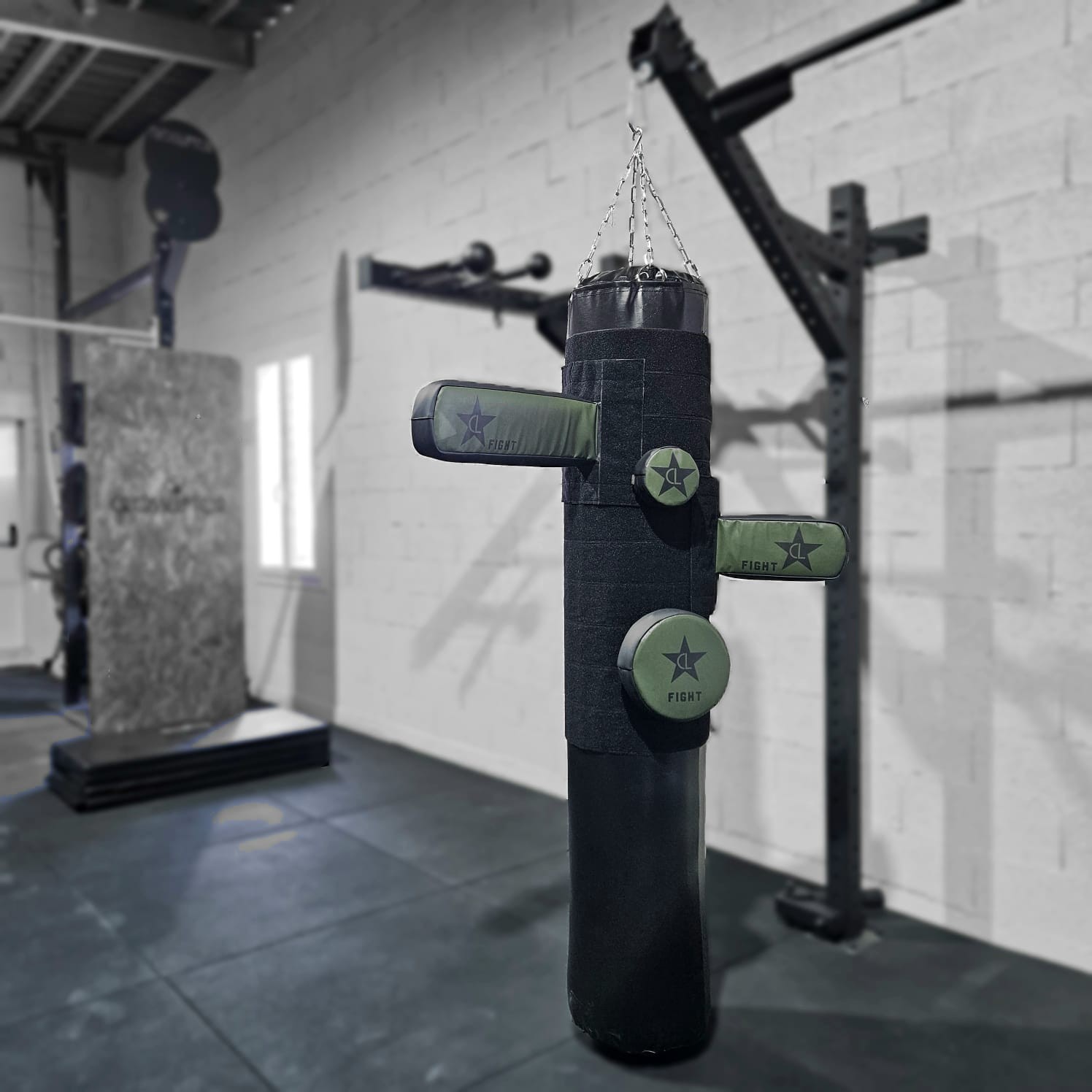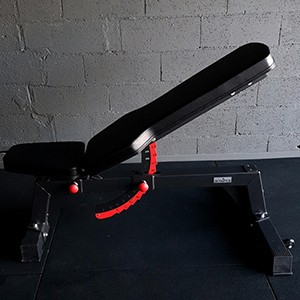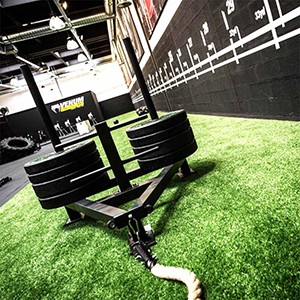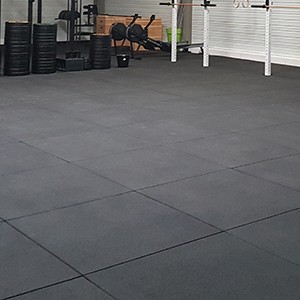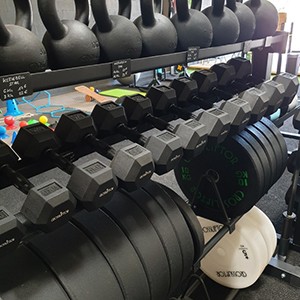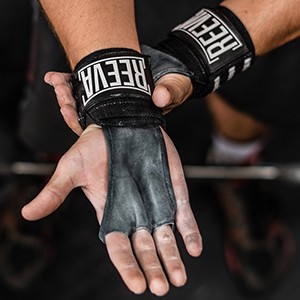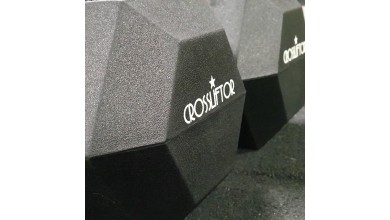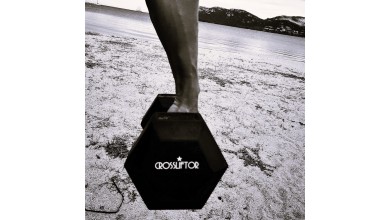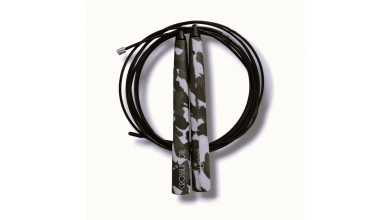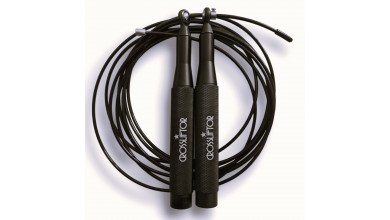Jump rope – Benefits & Programme by Level - Crossliftor
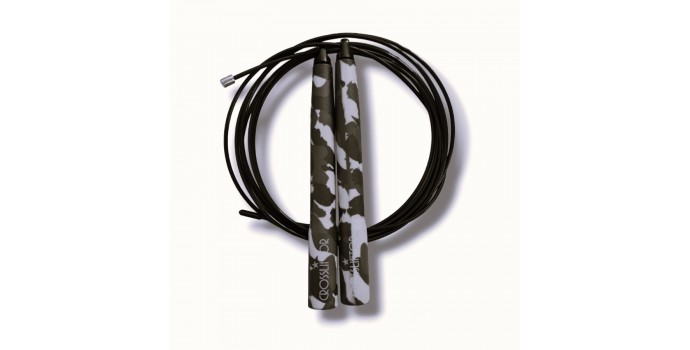
Running, cycling, rowing or even burpees are often highlighted as the ultimate exercises for cardio and endurance training. And we forget a piece of equipment that's fun, affordable, easy to transport and can be used anywhere: the jump rope. If you do cross-training, HIIT, boxing, physical preparation or any other high-intensity training, you already know how far from the schoolyard we are when it comes to practicing rope skipping. But what are the benefits of jump rope, and what does it muscle? We've put together a short guide to the subject, and we're off!
What are the benefits of regular practice?
According to WHO recommendations, every individual should engage in 30 minutes of daily physical activity, or 10,000 steps a day, to maintain good health. The benefits of sport are well established. On the one hand, it improves bone density, as the skeleton is subjected to various impacts that stimulate the osteoblasts (bone cells) responsible for new bone formation. Secondly, it's a way to de-stress from everyday life. Thanks to the release of hormones such as dopamine and endorphin, each workout helps to keep the harmful effects of stress on the body at bay, while preserving muscular balance and a fit weight.
The same applies to jump rope and its many benefits. This high-intensity sport is more than just jumping. It's a complete exercise that strengthens joints and muscles, as well as the cardiac and respiratory systems, while burning maximum metabolic energy in a short space of time.
Whether indoors or outdoors, for beginners and advanced alike, jump rope sessions can replace or complement a fitness/musculation workout or a running outing. For those who don't like running, it's clearly a fun activity that you'll really enjoy, all the more so as you develop your technique over time.
Develop your cardio with jump rope
Jump rope is an effective technique for stimulating cardiac activity and expending maximum energy, with the aim of staying in shape or even losing weight. During skipping rope sessions, each jump is beneficial for muscle tone, as it calls on all the body's muscle groups, but also strengthens the heart muscle. With each jump, the heart rate increases to oxygenate the body's tissues and organs, while the legs and arms are toned, as are the abdominal and back muscles.
Work on coordination and rhythm
Another not inconsiderable benefit of a rope session is that each jump is ideal for simultaneously working on coordination and rhythm. When you start jumping rope, it's essential to find balance and coordination in the action of your arms and feet, so that each jump is completed successfully. This makes it a complete exercise with considerable benefits for improving overall fitness, while retaining a playful spirit!
Which muscles does jump rope work?
The muscles worked by jump rope are mainly the following: you strengthen the majority of the body's muscles, such as the quadriceps (thigh muscles), calves, abdominals, biceps and back muscles, as well as the joints, particularly the knees, ankles and elbows. Be careful, however, not to start directly with jumps, and do a joint warm-up before you begin, as cold impacts are not recommended.
Are there any contraindications to jump rope?
If you're just starting out in sports training with a skipping rope, it's advisable to begin with repetitions of gentle jumps, respecting your sporting ability and your own pace of progress. It should be noted that skipping rope is a sport to be avoided by people with cardiac disorders (heart pathologies), back problems (e.g. herniated discs), joint fragility (e.g. knees) or proven coordination difficulties. Finally, there may also be contraindications for pregnant women, but always check with your doctor or health specialist. Movement therapy is always beneficial, provided it is carried out correctly.
Does jump rope make you lose weight?
Like any other sport, jump rope can help you lose weight, provided it forms part of a healthy, balanced lifestyle. For example, if you want to lose weight, you need to do several sessions a week with a calorie deficit in your diet, otherwise the kilos won't magically disappear. By way of comparison, jump rope is one of the most energy-intensive sports, requiring 500 Kcal for 1/2 hour of practice (compared with 350 Kcal for jogging, for example).
How many calories are burned by jump rope?
It's estimated that a 1-hour rope workout will burn 1074 Kcal, i.e. 2.5 times more than walking! Of course, this is an overall estimate, so please take it with a grain of salt.
100 jumps with a jump rope equals how many calories?
You can burn up to 15 Kcal by doing 100 jumping rope jumps during your workout, i.e. the equivalent of 100g of lettuce for comparison. You'll need to do a bit more to get rid of the rest.
How many calories per 1000 skips?
Jumping rope 1,000 times burns around 150 kcal - almost half a pain au chocolat! Don't be discouraged, these are just general estimates, and the benefits of rope skipping are far greater than a simple question of calories.
Number of calories burned in 10 minutes?
10 minutes of skipping rope is equivalent to an energy expenditure of around 166 Kcal, enough to motivate you to take the plunge!
How do I train with a jump rope?
As with any form of exercise, there are a few basics you need to know and respect if you don't want to reduce the effectiveness of your training. We've put together some of the most frequently asked questions about how to train with a speed rope.
Do I have to do it every day?
You don't have to jump rope every day to see results for your body and mind. The key is to be regular and patient, as results are not immediate and require the person to make a parallel effort on the dietary front (if they want to lose weight). It's essential to listen to your body and its limits, but also not to put off your session until the next day, even when you're not motivated enough, otherwise you can kiss your results goodbye!
The different rope exercises
- Single jump: with your feet together, perform regular rotations of the rope, ensuring that you jump over it smoothly, with your elbows close to your body (this is very important) and your wrists unlocked.
- Double jump: this involves performing a double rotation of the rope; this requires prior mastery of single jumps.
- We'll give you the details in another article on how to jump rope
- Single-leg jump: use a single leg to perform jumps, alternating between one side and the other.
There are a variety of interesting and fun exercises to choose from for your skipping rope training. Before you try out these variations, make sure you 've mastered the basic jump we all know, at varying intensities. As basic as possible, otherwise beware of falls and injuries!
Example of a rope program
Rather than a rope program, we'd like to suggest a type of training based on your level, which you can repeat several times a week. Coming as we do from cross-training, rope is part of a whole for us, not a sport in its own right, so don't hesitate to add to it. Start with a gentle warm-up of the joints and muscles, then do a few simple jumps for 60 seconds, then walk and repeat until you feel your body is ready to move up a gear. Do ankle extensions by pushing off on the balls of your feet and coming back down flat-footed.
Beginner program
Perform simple undershoots over 8 rounds with 30 seconds of moderate effort / 30 seconds rest. This simple rope trick is performed with elbows close to the body, knees unlocked, chest and back straight, and jumping a few centimetres off the ground. For those who prefer to jump non-stop without alternating, the session should last a maximum of 5 minutes. We recommend training 2 or 3 times a week, starting slowly so as not to injure yourself or become so bored that you stop. Stay focused on technique!
Intermediate program
Perform simple unders over 10 rounds, respecting 40 seconds of intense effort / 20 seconds rest. This faster rhythm is performed for 5 to 10 minutes, 3 times a week.
Advanced program
Perform double undershoots over 10 rounds with 30 seconds of exercise/30 seconds of rest. With your feet hip-width apart, perform a double turn of the rope without bending your legs too much, taking care to keep your elbows close to your body and your wrists mobile, as these are what ensure the speed of the movement. Alternate with other exercises such as running or crosstraining.
Our range of jump ropes


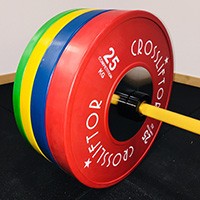
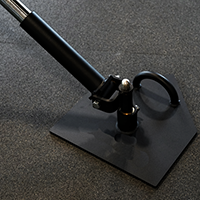
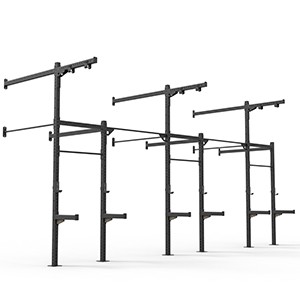
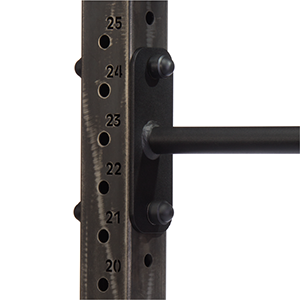
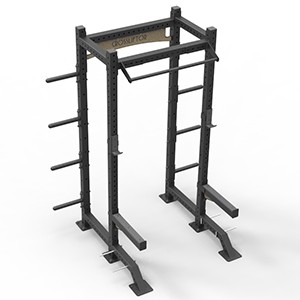
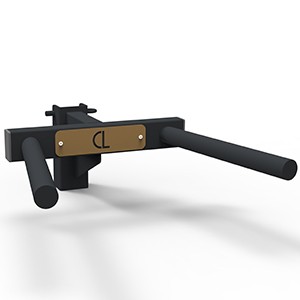
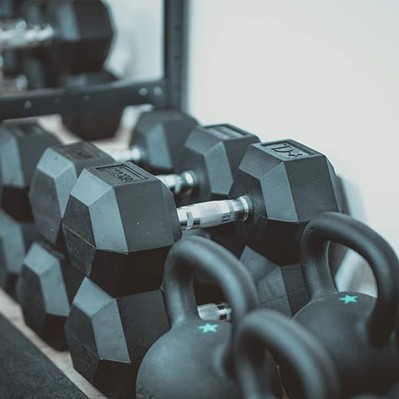
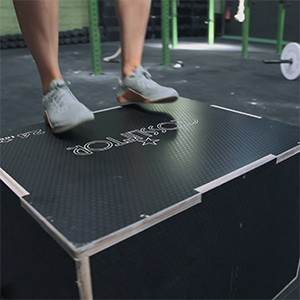
 (1).jpg)






